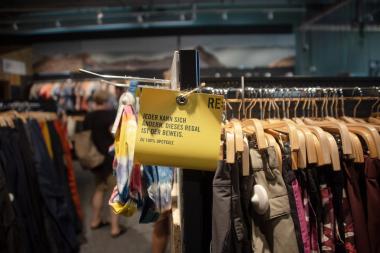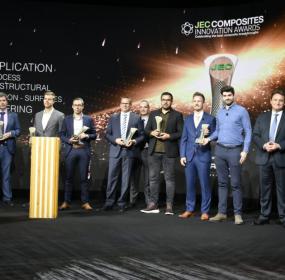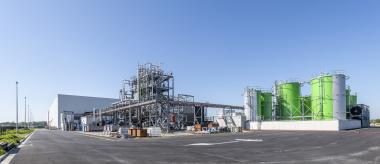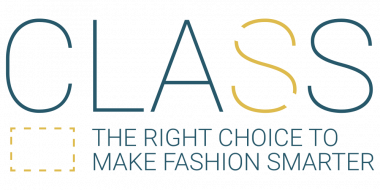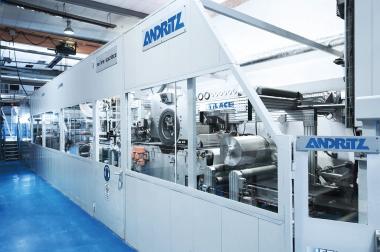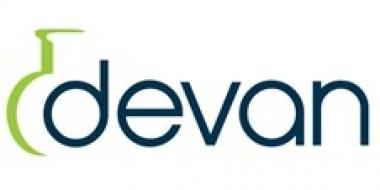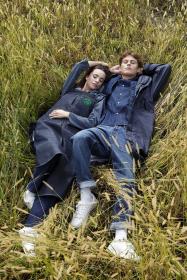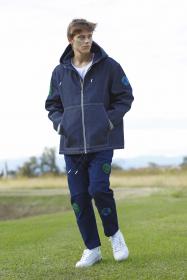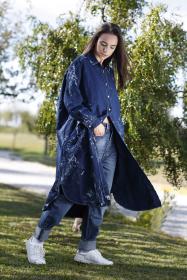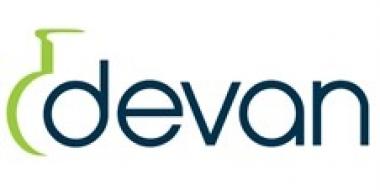Globetrotter stellt Studie zum Re-Use-Konzept vor
Rund 97 Prozent weniger CO2e-Emissionen, 94 Prozent Re-Use Quote – dies sind nur einige der Ergebnisse der am 5. September in Bonn vorgestellten EPEA-Studie zum Re-Use Konzept des ersten Re:Think-Stores des Hamburger Outdoor-Ausrüsters Globetrotter.
Erst vor wenigen Monaten hat Globetrotter seinen ersten Re:Think Store in Bonn eröffnet – einen Laden mit ganz besonderem Konzept: Denn der Retailer hat nahezu die gesamte Einrichtung des Vormieters Conrad Electronic übernommen und im neuen Store kreativ weitergenutzt. Und auch sonst wurden fast ausschließlich gebrauchte Materialien verwendet: So wurden Staubsauger-Halterungen zu Rucksack-Trägern umfunktioniert und alte OSB-Platten und ausrangierte Bleche verwandelten sich in eine Teststrecke für Wanderschuhe. Ein Highlight des Stores stellt eine von einem Künstler geschaf¬fene Bärenskulptur aus Metallschrott dar. Ergänzt wird das Re:Think-Konzept durch nachhaltige Angebote wie eine eigene Reparaturwerkstatt sowie die bis dato größte 2nd Hand Verkaufsfläche in einem Globetrotter-Store.
„Schon bei der ersten Besichtigung des Objektes trieb mich der Gedanke, der Retail und der Ladenbau muss sich ändern. Wir müssen uns ändern. Alles raus und neu, das kann künftig nicht mehr der richtige Ansatz sein,“ erinnert sich Globetrotter Geschäftsführer Andreas Bartmann. CEO Andreas Vogler ergänzt: „Einer der nachhaltigsten Ansätze ist es, Dinge zu nutzen, die bereits da sind. Es erfordert Mut und Pioniergeist, diesen Weg zu gehen. Doch die Ergebnisse der wissenschaftlichen Untersuchung unseres Partners EPEA zeigen, dass es sich lohnt.“
Diese wurden am 5. September im Bonner Store vorgestellt. Keynote-Speaker waren Prof. Michael Braungart, Chemiker und Verfahrenstechniker sowie Miterfinder des Cradle to Cradle-Prinzips und international tätiger Retail-Experte Wolf-Jochen Schulte-Hillen.
Ein konventionelles Ladenbau-Projekt vergleichbarer Größe hätte, so Berechnungen von EPEA, rund 105 Tsd. kg CO2e erzeugt. Durch das Re-Use Konzept des Re:Think Stores wurden nur 3,12 Tsd. kg CO2e emittiert. Die Weiterverwendung bereits vorhandener Materialien trug zu einer CO2e-Vermeidung von 102,23 Tsd. kg, also rund 97 Prozent, bei. Dies entspricht in etwa der Menge an CO2, die entstehen würde, wenn man die Erde rund ein Dutzend Mal mit dem Auto umrunden würde.
Insgesamt kommt der Store auf eine Re-Use Quote von 94 Prozent – d. h. die meisten der verwendeten Materialien und Möbelstücke waren bereits zuvor in Gebrauch, etwa beim Vormieter Conrad Electronic oder in einem Globetrotter Store. Rund 88 % der in der Filiale verbauten Materialien können auch in Zukunft wiederverwendet werden, da sie ohne Beschädigung oder erheblichen Aufwand demontierbar bzw. reparierbar sind: Kreislaufwirtschaft im Ladenbau ist möglich.
Neuer Circularity Passport Interiors
Im Rahmen der Zusammenarbeit mit EPEA entstand die Idee, einen „Circularity Passport Interiors“, kurz CPI, ähnlich dem bereits bestehenden „Circularity Passport Buildings“, zu entwickeln. Dieser dient dazu, die Umsetzung des Cradle-to-Cradle-Designprinzips in Bezug auf die Innenraumgestaltung zu bewerten. Ziel des Designprinzips ist es, Rohstoffe für Produkte, Prozesse und Gebäude so einzusetzen, dass diese entweder in einem technischen Kreislauf in gleicher Qualität erhalten bleiben oder in einen biologischen Kreislauf zurückgeführt und komplett abgebaut werden können.
Globetrotter


